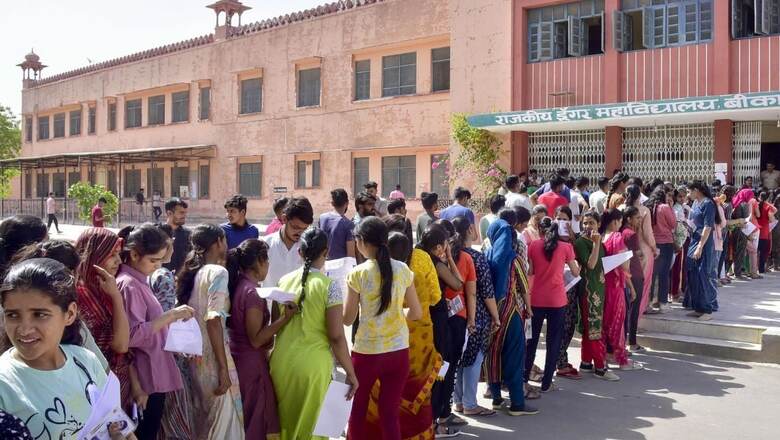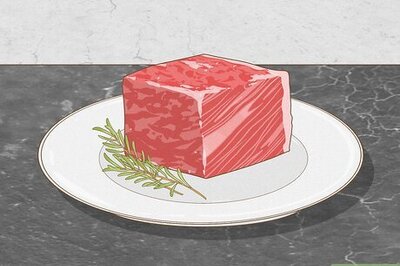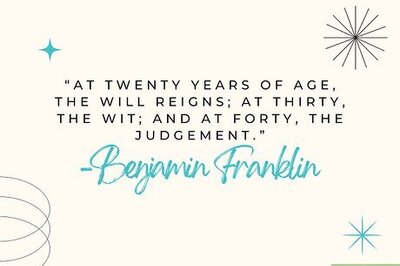
views
Admissions of SC/ST/OBC students in the higher education system has steadily improved – with an increase of 44 percent for scheduled castes, 65 percent for scheduled tribes and 50 percent for other backward classes – in 2021-22 as compared to 2014-15.
The All India Survey for Higher Education (AISHE 2021-22) report, released by the ministry of education late on Thursday, highlighted an overall increase of 4.58 percent from 2020-21 and 26.5 percent from 2014-15 in higher education enrolment; and a steady improvement in the admissions of female students over the years.
The report gives data sets and details of student enrolment, teachers and the number of higher educational institutions in the country. It covers 1,162 universities, 45,473 colleges, and 12,002 standalone higher education institutions in the country. The ministry has been releasing these since 2011.
The report states that the enrolment of SC students in higher education has increased by 44 percent in 2021-22. At least 66.23 lakh such students took admission, as compared to 46.07 lakh in 2014-15.
Also, the enrolment of female students in the SC category has substantially increased in this period with 31.71 lakh girls enrolling in 2021-22, as compared to 29.01 lakh in 2020-21 and 21.02 lakh in 2014-15. This is an increase of 51 percent, the report said.
Similarly, for the ST category, 27.1 lakh students enrolled in 2021-33 from 16.41 lakh in 2014-15. In case of OBC students, the enrolment is up to 1.63 crore in 2021-22 from 1.13 crore in 2014-15. There is a notable increase of 45 percent in the intake of female students from the OBC category as well, the report added.
Increase in enrolment
The gross enrolment ratio (GER) has also increased to 28.4 in 2021-22 from 23.7 in 2014-15. The GER was 27.3 in 2020-21.
The report shows that government-run universities form 58.6 percent of the total and contribute 73.7 percent of the total enrolment. Private universities account for 26.3 percent of the total enrolment.
The total number of students that have passed out of the higher education system has also increased to 1.07 crore in 2021-22, as against 95.4 lakh in 2020-21, the report said.
What are the experts saying?
Academics said the improvement in SC/ST/OBC admissions in the last few years is an encouraging trend, as most of these students are from modest backgrounds and backward states as well as rural areas. And, hence, there are limited opportunities for the youth to enrol in higher education in such places.
Prof Hansraj Suman from Delhi University’s Aurobindo College, who is the all-India head of the Forum of Academics for Social Justice, said if this trend continues, it will help clear the backlog for reserved category students, who have been previously left out.
The report shows a substantial increase in intake, which has been possible mainly on account of two reasons. “First, a large number of government-run higher education institutions have come up in the last five years or so, which allowed more students from the SC/ST categories mainly from backward states and rural pockets to get admission in a college. Second, the 10% economically weaker sections (EWS) quota in all educational institutions introduced in 2019-20 has helped a large number of students secure seats across colleges,” said Suman.
On January 7, 2019, the central government approved a 10 percent reservation in government jobs and educational institutions for the EWS in the unreserved category. This is over and above the existing 50 percent reservation for SC/ST/OBC categories.














Comments
0 comment